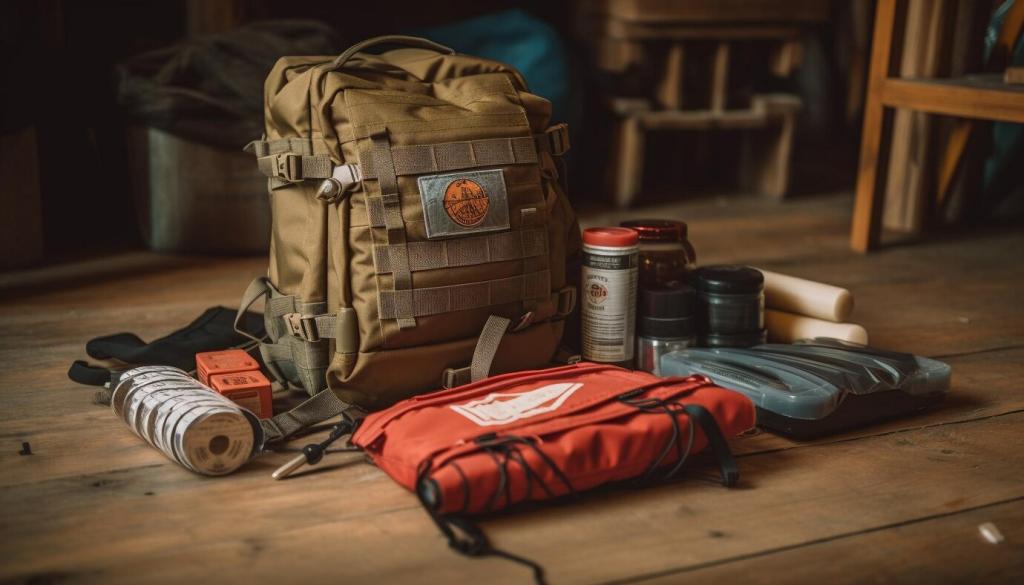Trail Stories and Lessons from Unexpected Weather
A sudden squall blasted the ridge, ripping heat from our heads. The spare beanie stashed in a dry bag restored clarity and morale. That tiny accessory turned an anxious retreat into a calm, efficient descent to treeline.
Trail Stories and Lessons from Unexpected Weather
When temperatures soared above forecast, cramping started. Switching to salty chews and a stronger electrolyte mix steadied legs within minutes. Shade breaks, soaked bandanas, and a lighter pace transformed the outing from survival march to sustainable, smart adventure.
Trail Stories and Lessons from Unexpected Weather
Glassy corners froze overnight, catching unprepared hikers. Microspikes bit into the surface, poles widened our base, and controlled steps replaced tentative shuffles. Good traction turned a risk-filled traverse into a measured progression, preserving energy and maintaining steady focus.
Trail Stories and Lessons from Unexpected Weather
Lorem ipsum dolor sit amet, consectetur adipiscing elit. Ut elit tellus, luctus nec ullamcorper mattis, pulvinar dapibus leo.




